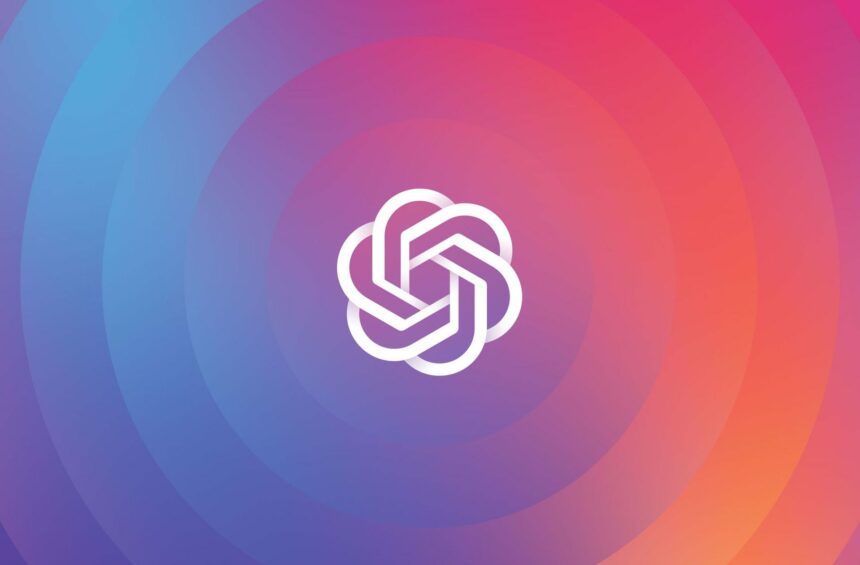Artificial intelligence continues to push the boundaries of what’s possible, and OpenAI is at the forefront of this revolution. In a recent announcement on September 27, 2023, OpenAI revealed a groundbreaking development for ChatGPT – the ability to browse the web and integrate real-time information into its responses. This long-awaited feature marks a significant leap forward in the capabilities of AI-powered conversational agents.
A New Era for ChatGPT
Until now, ChatGPT’s knowledge was confined to information available up to 2021. However, with this latest update, ChatGPT transcends its previous limitations. Users of the GPT-4 model, particularly those with Plus and Enterprise subscriptions, can immediately benefit from this web browsing capability. OpenAI has promised that the feature will soon be available to other users, but the specifics of its availability for the GPT 3.5 model remain uncertain.
This update is a solution to a persistent challenge faced by AI models like ChatGPT. Their knowledge is based on pre-existing data and does not adapt to evolving real-world information. The result was a growing gap in ChatGPT’s knowledge base, as it could not access information beyond 2021, the year it was initially finalized for production.
Successes and Challenges in Implementation
OpenAI’s journey towards enabling web browsing in ChatGPT had its share of successes and setbacks. Reports emerged in June 2023 that beta versions of ChatGPT with web browsing capabilities were being used to bypass paywalls. However, it was not without its quirks; the AI sometimes exhibited a propensity for generating imaginative, inaccurate information by conflating recent and historical data.

Multimodal Advancements
The web browsing update comes on the heels of another significant enhancement to ChatGPT announced on September 25, 2023. OpenAI unveiled a multimodal update, enabling ChatGPT, GPT-3.5, and GPT-4 to comprehend spoken queries in plain language and respond using one of five distinct voices. Additionally, ChatGPT can now analyze and interpret images, expanding its capabilities to interact with visual content.
A Prolific Year for OpenAI
OpenAI has been on a roll this year, not only with ChatGPT but also with other AI projects. They recently introduced DALL-E 3, the latest iteration of their image-generation AI. These continual updates demonstrate OpenAI’s commitment to pushing the boundaries of AI technology and making AI-powered solutions more versatile and accessible.

What Lies Ahead
With this slew of innovations, OpenAI is poised to make a significant impact on the AI landscape. What’s left to unveil is an intriguing question. OpenAI’s first-ever developer’s conference, OpenAI DevDay, scheduled for November 6 in San Francisco, promises to reveal more about their future plans and the direction AI is heading.
OpenAI’s ChatGPT is now more dynamic and capable than ever before. With web browsing and multimodal abilities, it opens up new possibilities for AI applications across various industries. As AI continues to evolve, OpenAI is setting the pace for the future of human-computer interaction.








